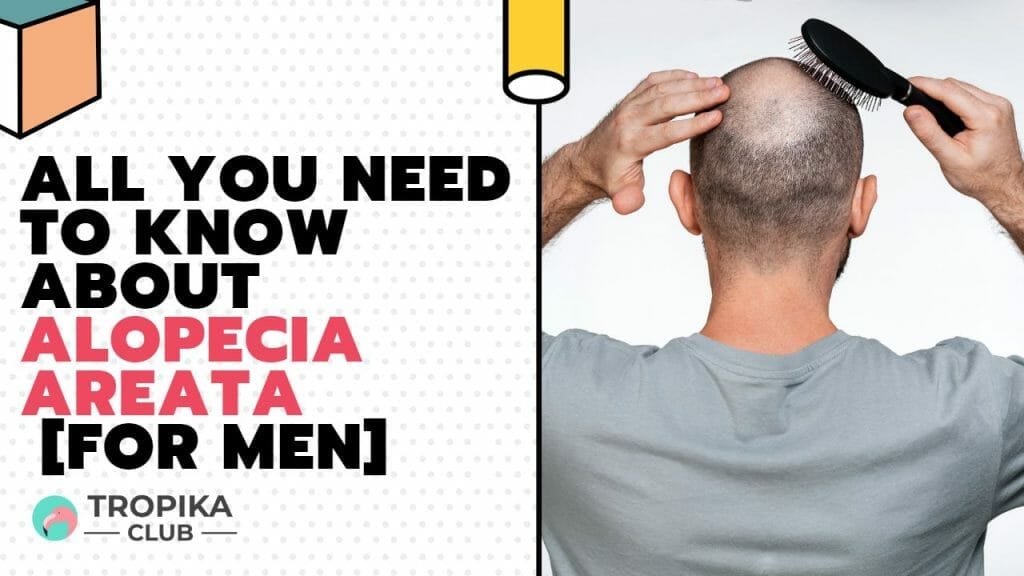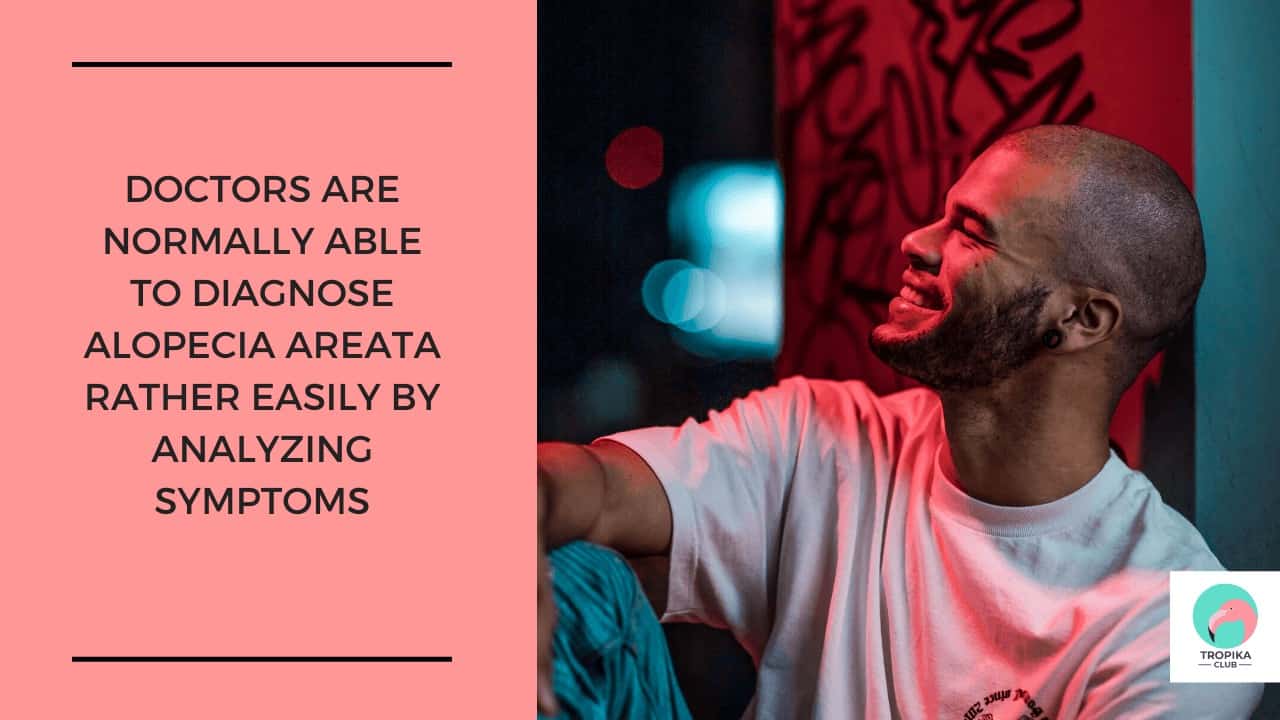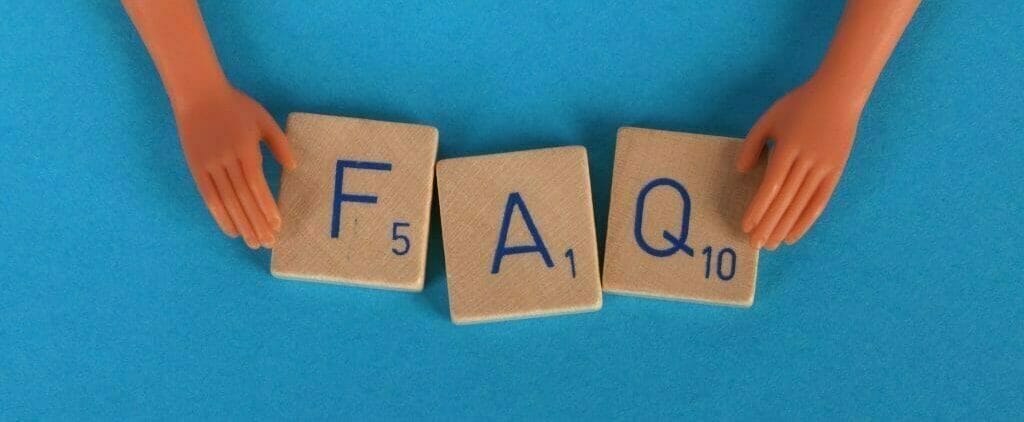All You Need to Know about Alopecia Areata [for Men]
Hair loss can be a distressing and frustrating experience for many men. While some forms of hair loss are related to genetics, hormones, or aging, there is another type that has a different cause: alopecia areata. Alopecia areata is an autoimmune condition that affects the hair follicles, causing them to stop producing hair. This results in patchy baldness that can affect any part of the body where hair grows, including the scalp, beard, eyebrows, chest, and back. Alopecia areata can affect anyone, regardless of age, ethnicity, or gender, but some sources suggest that men may be more prone to it than women. In this article, we will explain what alopecia areata is, what causes it, how it is diagnosed and treated, and what you can do to cope with it if you are a man living with this condition.

Table of Contents
No Time to Read? Here’s a Snappy Summary of This Article
- Alopecia areata is an autoimmune condition that causes hair loss in patches on the scalp and other parts of the body.
- The exact cause of alopecia areata is unknown, but it is believed to be triggered by genetic and environmental factors that affect the immune system.
- The main symptom of alopecia areata is hair loss in round or oval patches that can vary in size and number. The diagnosis of alopecia areata is usually based on clinical examination and medical history, but sometimes a biopsy or blood test may be needed to rule out other conditions.
- There is no cure for alopecia areata, but there are treatments that can help reduce hair loss and promote hair regrowth. Some of the common treatments include corticosteroids, minoxidil, anthralin, immunotherapy, and hair transplantation. However, these treatments may have side effects and may not work for everyone.
What are the Causes of Alopecia Areata?
It’s unknown precisely what causes the body’s immune system to target hair follicles in this manner. While scientists are uncertain why these changes occur, it seems that a genetic disorder called alopecia areata is more likely to happen in a person who has a close relative with the disease. One in five people with the disease has a relative who has also developed alopecia areata.
Other research has discovered that lots of people with a family history of alopecia areata have a family or personal history of other autoimmune disorders, such as atopy, a disease characterized by a tendency to be more hyperallergic, thyroiditis, along with vitiligo.
Despite what many men and women think, there is very little scientific evidence to support the view that alopecia areata is caused by anxiety. Extreme instances of stress could potentially trigger the condition, but most recent research points toward a genetic origin.

Read also:
Top 10 Hair Regrowth and Hair Loss Treatment Centres in Downtown Singapore
What are the Symptoms of Alopecia Areata?
The most prominent symptom of alopecia areata is patchy hair loss. Coin-sized patches of hair begin to fall out, largely on the scalp. Any website of hair growth may be affected, however, including the beard and eyelashes. The loss of hair can be abrupt, developing in just a few days or within a span of a few weeks. There might be itching or burning in the area before hair loss. The hair follicles aren’t ruined and so hair may re-grow if the inflammation of those follicles subsides. People who undergo just a couple of patches of baldness frequently have a spontaneous, full recovery without any treatment.
Approximately 30 percent of individuals who grow alopecia areata find that their condition either becomes extensive or becomes a continuous cycle of hair loss and regrowth. About half of the patients recover from alopecia areata within one year, but a lot of them will undergo more than 1 episode. Approximately 10 percent of people may go to develop alopecia totalis or alopecia Universalis.
Alopecia areata can also affect the toenails and fingernails, and sometimes these changes will be the first sign that the condition is growing:
- pinpoint dents appear
- white spots and lines appear
- nails become rough
- nails lose their shine
- nails become thin and split

How is Alopecia Areata Diagnosed?
Alopecia Areata can be diagnosed by a qualified healthcare professional such as a dermatologist. A physical examination of the scalp and affected areas is usually the first step in the diagnosis process. The doctor may also perform a scalp biopsy to confirm the diagnosis. Blood tests may also be conducted to check for underlying medical conditions. It is important to seek professional help if you suspect you have Alopecia Areata, as early diagnosis and treatment can improve the chances of successful hair regrowth. Don’t be afraid to ask your healthcare provider questions and share any concerns you may have. Remember, taking care of your health is always a top priority.
As the indicators of alopecia areata are so distinctive, creating a diagnosis is generally straightforward and quick.
Read Also
How is Alopecia Areata Treated?
There’s presently no treatment for alopecia areata, even though there are a few kinds of therapy that could be suggested by physicians to assist hair re-grow faster. The most common type of alopecia areata therapy is using corticosteroids, effective anti-inflammatory drugs that may suppress the immune system. All these are largely commonly handled through local injections, topical ointment programs, or orally.
Other medicines which may be prescribed that promote hair growth or influence the immune system comprise Minoxidil, Anthralin, SADBE, and DPCP. Even though some of them may assist with the regrowth of baldness, they can’t prevent the creation of new bald spots. The usage of photochemotherapy is supported by some research and presents a possible choice for individuals unable or reluctant to utilize invasive or systemic therapies.
Conclusion
Alopecia areata is a challenging condition that can affect your self-esteem and quality of life. However, it is not a life-threatening disease and it does not cause any physical harm. There are many treatment options available to help you manage your hair loss and stimulate hair regrowth, but none of them are guaranteed to work for everyone. You may need to try different therapies or combinations of therapies to find what works best for you. You may also benefit from seeking emotional support from your family, friends, or professional counselors if you are struggling with the psychological impact of alopecia areata. Remember that you are not alone in this journey and there are many resources and communities that can help you cope with this condition. Alopecia areata does not define who you are as a person or as a man. You can still live a fulfilling and happy life with or without hair.

FAQ for All You Need to Know about Alopecia Areata [for Men]:
Q: What is alopecia areata?
A: Alopecia areata is an autoimmune condition that causes hair loss in patches on the scalp and other parts of the body. It affects approximately 6.8 million men and women in the US, and more across the world.
Q: What causes alopecia areata?
The exact cause of alopecia areata is unknown, but it is believed to be triggered by genetic and environmental factors that affect the immune system. Some of the possible triggers include stress, infections, medications, or injuries.
Q: How is alopecia areata diagnosed?
A: The diagnosis of alopecia areata is usually based on clinical examination and medical history, but sometimes a biopsy or blood test may be needed to rule out other conditions. A dermatologist can also perform a pull test, where they gently tug on a few hairs to see how many come out.
Q: How is alopecia areata treated?
A: There is no cure for alopecia areata, but there are treatments that can help reduce hair loss and promote hair regrowth. Some of the common treatments include corticosteroids, minoxidil, anthralin, immunotherapy, and hair transplantation. However, these treatments may have side effects and may not work for everyone.
Q: How can I cope with alopecia areata?
A: Alopecia areata can affect your self-esteem and emotional well-being, so it is important to seek support from your family, friends, or professional counselors. You can also join online or offline support groups, such as Alopecia World or Alopecia UK, where you can share your experiences and learn from others who have the same condition. You can also explore different ways to style your hair or wear wigs, hats, or scarves to cover your bald patches.

Have an Article to Suggest?
Tropika Club is always looking for new and exciting content to feature in their magazine and they value the input of our readers. If you have any noteworthy content or articles that you believe would be a great addition to Tropika Club’s magazine, we are open to suggestions and encourage you to reach out to us via email at [email protected]. By doing so, Tropika Club values your expertise and knowledge in the matter and appreciates your willingness to help. We will review your recommendations and update our list accordingly
Meanwhile, Check Out Tropika Club’s Ecosystem of Websites

Tropika Club Magazine – Tropika Club Magazine is a Singapore-based publication that features articles on a wide range of topics with a focus on local businesses and content for the region. The magazine emphasizes supporting local businesses through its #SupportLocal initiative, which includes coverage of everything from neighborhood hawker stalls to aesthetic clinics in town. In addition to highlighting local businesses, Tropika Club Magazine also covers a variety of local content, including beauty, lifestyle, places, eats, and what’s on in Singapore and the Asia Pacific region.
Tropika Club Deals – Tropika Club Deals is a leading online deals and voucher shopping site in Singapore, offering amazing discounts on beauty, wellness, and fitness products and services. It’s the perfect platform for customers who want to discover the best deals without having to commit to a specific appointment date and time. These deals are available at major beauty stores, facial salons, hair salons, and other brands in Singapore, with no minimum spend required. Choose from guaranteed discounted deals in the categories of hairstyling, hair removal, facial & aesthetics, body slimming, brows & lashes, nails & makeup, massage & spa or fitness & wellness. Tropika Club Deals is also ideal for customers who want to buy vouchers as gifts or to use for the future. So whether you’re looking to save money on your next haircut or want to treat yourself to a relaxing massage, Tropika Club Deals has got you covered with the best voucher and coupon deals in Singapore!




